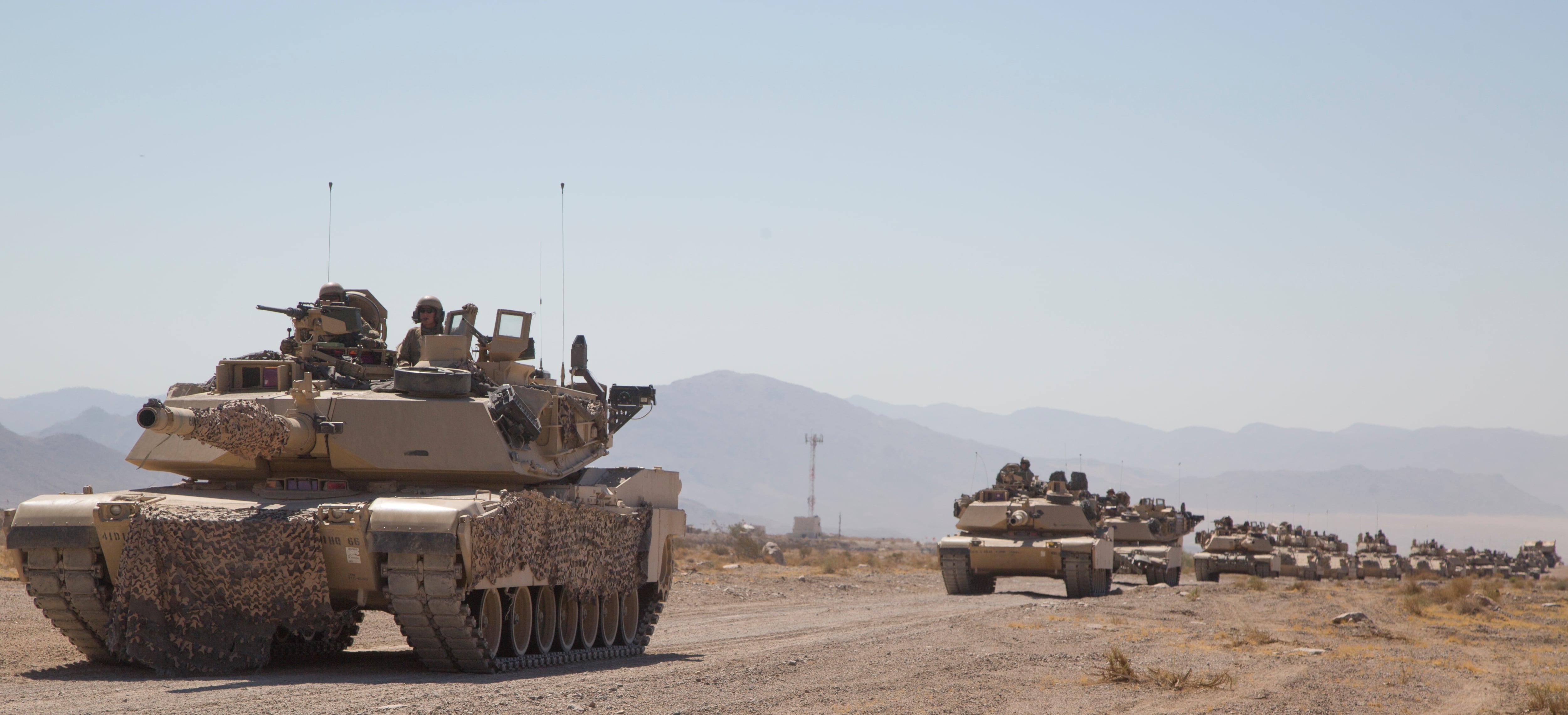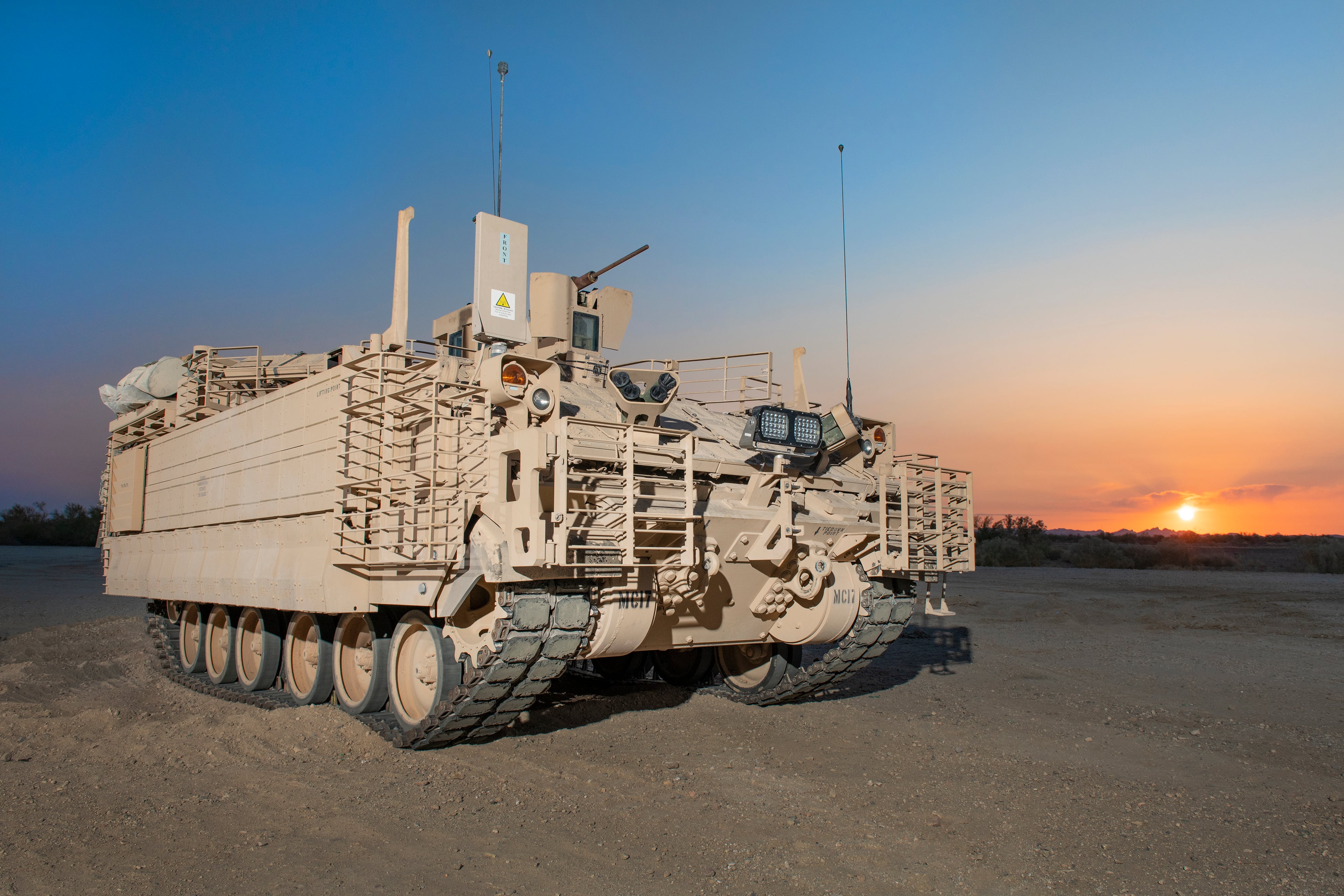A familiar defense company has been selected to build the Army’s replacement to a nearly 60-year-old troop carrier but deficiencies highlighted in a recent report need fixing before the vehicles are fielded next year.
BAE Systems received a $575 million award this week for what’s called low-rate initial production of the Armored Multi-Purpose Vehicle. That’s on top of money they got to start production. The total hits $873 million, so far.
That means that the Army will finally see a replacement for the Vietnam War-era M113 Armored Personnel Carrier, a tracked troop transport developed for Cold War adversaries.
RELATED

Though the vehicle meets or exceeds its predecessor in all configurations, an annual report that reviews such programs noted deficiencies that must be solved before 258 vehicles, enough to fill out two brigades, begin fielding in 2020.
That’s from the recently released report from the Director of Operational Test and Evaluation for the Defense Department. It provides a detailed overview of Army, Navy and Air Force programs. The Army section contains two dozen systems with reviews and recommendations.
User tests ran through September and included a test unit from the 4th Squadron, 9th Cavalry Regiment out of 2nd Brigade, 1st Cavalry Division against an opposing force from 5th Mechanized Infantry Battalion.
These deficiencies were listed in the report:
- The driver’s and vehicle commander’s displays would frequently lock up and the reboots each took 10 minutes.
- Due to the physical size and location, the commander’s weapons station degraded the vehicle commander’s situational awareness.
- The Joint Battle Command – Platform and radios in the mission command vehicle cannot be removed from their docking stations within the vehicle. This limits the ability of the command group to share a common operational picture when operating as a tactical operations center.
- The capability to support analog operations is degraded without the stowage for map boards and plotting boards.
- The medical evacuation vehicle seat stowage and litter lift are difficult to use. The program manager has identified a design change to correct this.
- The mission command ammunition storage should better support the mortar system. The hatch leaks water and the roof leaks affect the electronics in all variants and patient care in the medical variants.
At the time of the report, planning for the full system live-fire testing was expected to begin as early as October.
A program to upgrade the M113 APC was cancelled in 2007 in favor of replacing it with the AMPV, which is expected to run alongside the M1 Abrams tank and the M2 Bradley Infantry Fighting Vehicle.
The AMPV multiple variants include a general-purpose vehicle for resupply, casualty evacuation and security for medical evacuation; a mission command variant with communications equipment and network systems; a medical treatment vehicle for a “mobile protected environment” for a unit surgeon and medical staff; and a medical evacuation or ambulance version.
The mission command variant can aid armored brigade combat teams by directing heavy mortar fire support from their platforms.
Todd South has written about crime, courts, government and the military for multiple publications since 2004 and was named a 2014 Pulitzer finalist for a co-written project on witness intimidation. Todd is a Marine veteran of the Iraq War.





